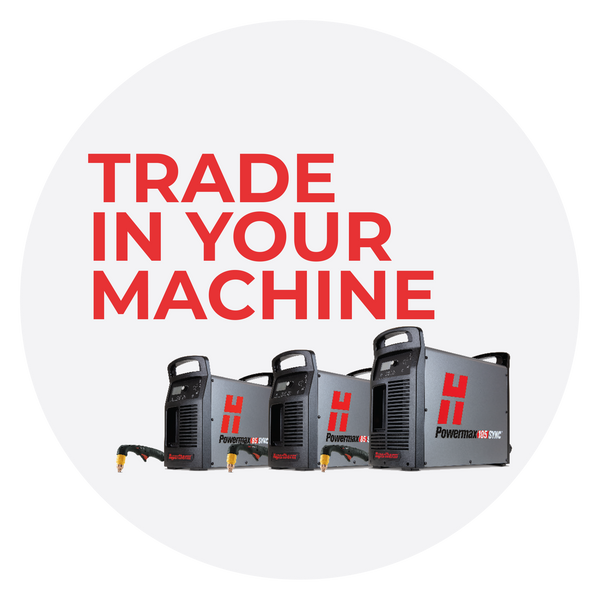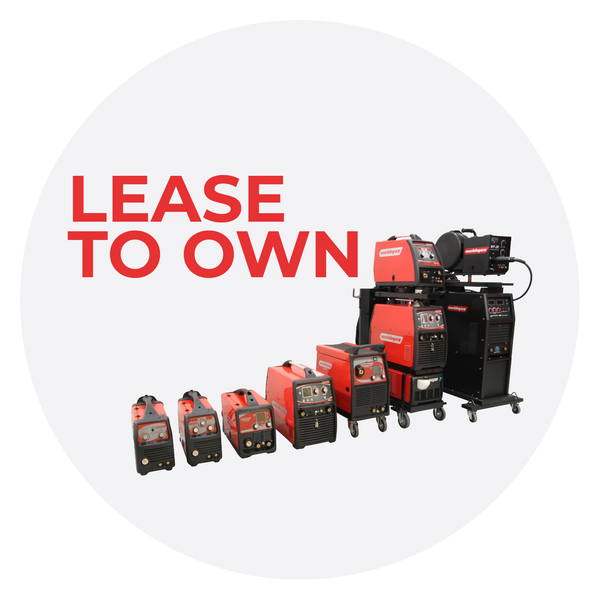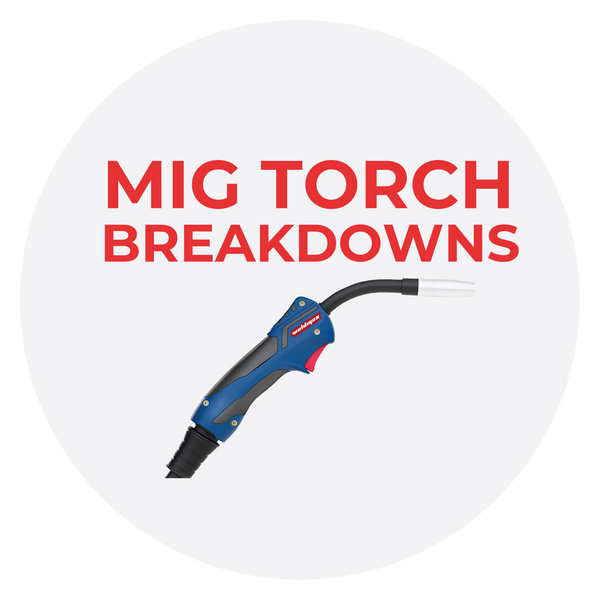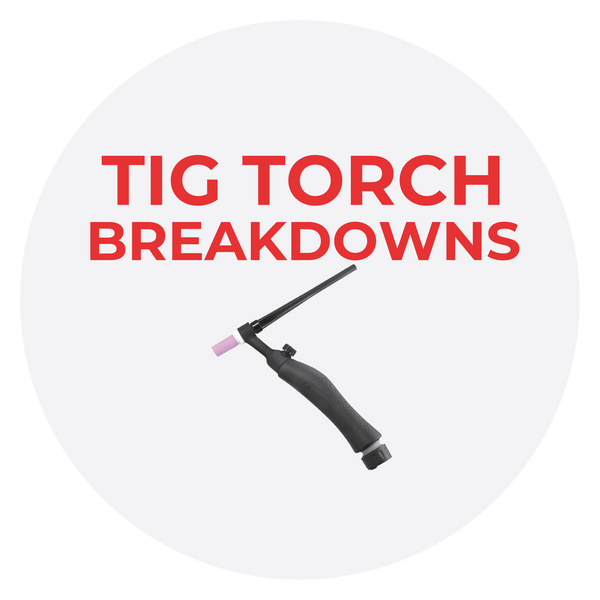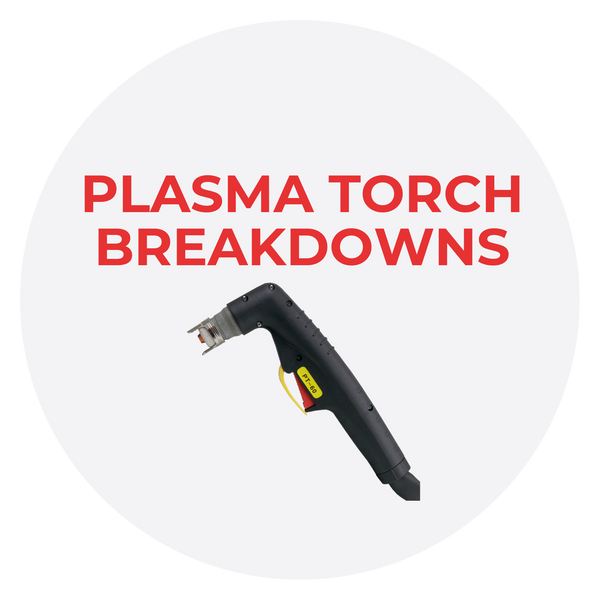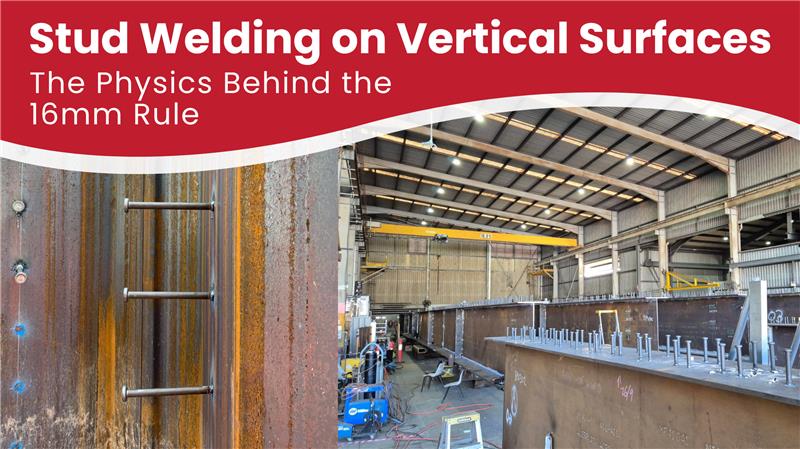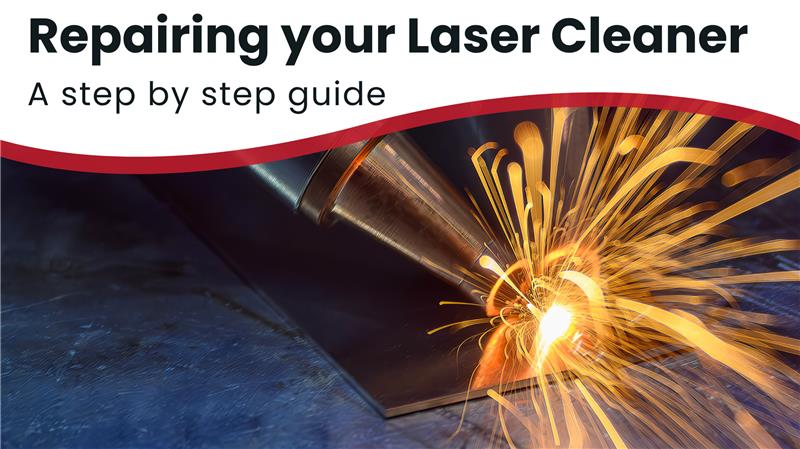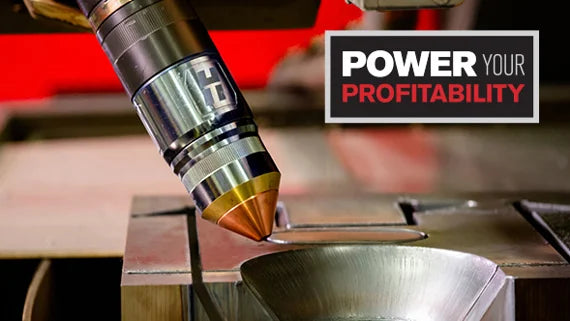PROTECTING THE WELDER FROM OZONE: A SCIENTIFIC STUDY

Requirements of Health and Safety Law
Ozone (O3) is an extremely toxic gas that is generated when ultraviolet radiation produced by the welding arc reacts with oxygen. Undetectable to the human eye, ozone can cause serious health issues to unprotected welders.
For this reason, in both Australia and New Zealand, a Peak Limitation of 0.1ppm has been established as the Workplace Exposure Standard (WES) for ozone. This simply means that by law, exposure to ozone must at no time exceed 0.1 parts, per million parts of air.
A ‘Person Conducting a Business or Undertaking’ (employer) must ensure that no person at the workplace is exposed to ozone in an airborne concentration that exceeds the WES.
However, exposure standards should not be considered as representing an acceptable level of exposure to workers as they do not identify a dividing line between a healthy and unhealthy work environment. Exposure standards simply establish a legal maximum upper limit. Therefore, additionally, employers must also reduce exposure to ozone to as low as reasonably practicable to protect workers and others in the workplace.
Best practice dictates that should air monitoring return results of 50% or over the WES, this should immediately trigger a review of controls.
The results of this study can be used to help employers fulfil their legal duty as it relates to:
• Not exceeding the WES for ozone.
• Reducing ozone exposure to as low as reasonably practicable.

Objective and Process
One objective of this study was to understand the levels of ozone that an unprotected welder may be exposed to across a variety of different welding processes and whether a Welding Helmet with a Powered Air Purifying Respirator (PAPR) was an effective control in protecting the welder from exposure to ozone.
The study included measuring, in real-time, the atmospheric concentration of ozone generated from four welding processes:
Figure 1: Process, Base Material, and Consumable

The process combinations (including base material and consumable) were the most commonly performed welding processes based on the survey responses of over 1,300 Australian and New Zealand welders¹. The study involved the collection of real-time personal ozone measurements.
The monitors were placed at the following locations during the tests:
• Immediately outside the welding helmet on the welder’s hood.
• Inside the PAPR Welding Helmet (fitted with an A1 filter).
Results
Without Respiratory Protection
• Ozone was measured outside the welding helmet at levels far above the Workplace Exposure Standard for the majority of welding processes performed.
• MIG, FCAW, and TIG were all at least 1.5 times the WES peak limitation of 0.1ppm.
• MMA/Stick welding was the only process to return a result under the WES peak limitation for ozone.
Figure 2: Immediately outside the welding helmet on the welder’s hood

These results reinforce that an unprotected welder can be exposed to levels of ozone far above the Workplace Exposure Standard Peak Limitation across a range of welding processes.
This outcome highlights the importance of introducing controls to minimise the welder’s exposure to ozone. Ozone exposure can lead to irreversible cell damage to the lungs and respiratory tract.

With a Welding Helmet with Powered Air Purifying Respirator
• In this study, a Welding Helmet with PAPR was able to effectively reduce exposure to ozone by 100%.
• Measurements for ozone taken within the Welding Helmet with a PAPR were 0.00ppm* at all times, across every welding process. Even when the maximum ozone concentrations were being recorded outside the welding helmet, measurements inside the PAPR welding helmet remained at 0.00ppm*.
• These results demonstrate that wearing a PAPR is an extremely effective method in reducing the welder’s exposure to ozone.
Figure 3: Inside the Welding Helmet with Powered Air Purifying Respirator:

* The ozone meters were fresh air zeroed at the beginning of each test day. The meter had a measurement range of 0 – 1.0ppm, with a sensor resolution of 0.01ppm.
Pictured: A Welding Helmet with an integrated Powered Air Purifying Respirator

Welding Fume and Ozone
In a recent Australian scientific study, a Welding Helmet with a Powered Air Purifying Respirator was identified as the most effective product control method to reduce the welder’s exposure to welding fume when compared to hooded capture LEV and On-Gun fume extraction. The PAPR was able to reduce welding fume exposure by at least 99.96%.

However, even though a Welding Helmet with PAPR has been proven to be an extremely effective control to minimise welding fume exposure for the welder, some workplaces are still hesitant to introduce this control for low fume generating processes, such as TIG welding, or for welders only welding for short periods of time, believing that a PAPR is excessive in these scenarios. The results of this study demonstrate that TIG welding produced the highest levels of ozone with a maximum ozone concentration close to 2.5 times the workplace exposure standard. For a process that typically produces less welding fume than MIG or FCAW, this study demonstrates that visible welding fume is not always a reliable indicator of all potential respiratory hazards a welder can be exposed to when welding.
Furthermore, the peak ozone concentrations were all measured after only a short period of welding (within 10 minutes), meaning that welding for a short period of time does not necessarily prevent the welder from exceeding the WES peak limitation for ozone or exposing themselves to a serious health risk.
Key Takeaway
The results of this study, relevant to ozone, demonstrate that a Welding Helmet with a PAPR should be considered a priority, regardless of the quantity of welding fume generated or time spent welding.
Limitations of Disposable Half Mask Respirators
A standard particulate disposable respirator (e.g. P2), often worn by welders under a welding helmet, will not provide effective protection from ozone.
This style of respirator is designed to protect the wearer from particles. Unlike welding fume, which is comprised of very small particles, ozone is a gas.
This study demonstrated that a welder performing the most common welding processes can be exposed to levels of ozone above the WES.
Therefore, welders should always wear respiratory protection that can protect against both particles and ozone.
Specialty disposable respirators are available that can provide protection from welding fume and ozone. However, compared to a Welding Helmet with a PAPR, disposable respirators have a number of limitations:
1. Much lower protection factor against welding fume:
- A half mask respirator has a RMPF^ of 10.
- A PAPR has a RMPF^ of 50.
2. Must have fit testing conducted with half mask respirators:
- Extra cost and time commitment each year.
- Research suggests that:
- Almost half of non-fit-tested workers fail to reach the RMPF of 10.
- There is a significant drop-off in protection when a disposable respirator is worn incorrectly.
* The ozone meters were fresh air zeroed at the beginning of each test day. The meter had a measurement range of 0 – 1.0ppm, with a sensor resolution of 0.01ppm.
3. Can’t have any facial hair with a half mask respirator:
- Human hair is approximately 150 microns in diameter, welding fume is approximately 1 micron in diameter.
- • Even light stubble will compromise protection
4. Breathing resistance:
- As a disposable respirator becomes increasingly loaded with fume it can become harder to breathe through.
5. More expensive long-term:
- Exposed to the highest concentration of fume, disposable respirator replacement is required far more frequently than a PAPR filter worn on the welder’s back, away from the welding plume.
- Regular replacement is also required for continued protection from ozone regardless of particle load (e.g. some manufacturers recommend every eight hours).
- Specialty disposable respirators replaced frequently can be more expensive compared to a PAPR, long-term.
6. Not specifically designed for welders:
- Other PPE worn by welders, such as a welding helmet, can interfere with a disposable respirator - compromising respiratory protection.
- Half mask respirators can be uncomfortable and hot in a welding environment.
- A welding helmet with a PAPR is specifically designed to provide integrated protection to the welder (eye, face, respiratory, etc) and delivers a cooling flow of fresh air to the welder, to improve comfort.
Key Takeaway
It’s imperative that workplaces ensure their product controls are able to effectively minimise exposure to ozone as well as welding fume.
Limitations of Source Extraction
On-gun fume extraction is an extremely effective method to remove welding fume from the environment.
In fact, a recent study found that on-gun fume extraction was able to remove up to 97% of welding fume with an average of 90% across all tests.

In the same study, on-gun fume extraction was found to be 33% more effective than correctly positioned hooded capture Local Exhaust Ventilation (LEV) in removing welding fume from the environment.
However, the results from this study indicate that on-gun fume extraction (on its own) may not be a reliable method to protect the welder from potential exposure to ozone. While on-gun did reduce the levels of ozone by approximately 47%, ozone was still measured at levels equivalent to the workplace exposure standard, as high as 0.1ppm (measured on the welder’s hood), while using on-gun fume extraction.
This may be due to the fact that unlike welding fume particles, ozone is also generated beyond the immediate area of the welding arc. It is not concentrated in the plume to the same extent as particulates. Source extraction (e.g. on-gun, hooded capture LEV), as the name suggests, removes fume directly at the source, meaning it will take some ozone away with the welding fume but is unlikely to completely remove the ozone problem for the welder
Relevant to welding fume, hooded capture LEV requires the welder to be perfectly positioned relative to the capture hood and for the welder and welding arc location to remain relatively stationary.
Welders placing their heads in between the workpiece and the capture hood can also have a significant impact on effectiveness. These limitations are also relevant to ozone.

Key Takeaway
The results of this study further reinforce a need for a combination of controls, including effective personal protective equipment (PPE), such as a welding helmet with a powered air purifying respirator.
Risk of Ozone Exposure for Surrounding Workers
During the study, static monitors were positioned one metre and five metres away from the welder to get an understanding of whether there was a risk of ozone exposure to surrounding workers.
The monitor positioned at five metres from the welder registered 0.00ppm across all tests and welding processes. The monitor positioned at one metre from the welder registered a maximum of 0.02ppm for one test only, even when peak concentrations well above the WES were being measured on the welder’s hood.
While this study does not rule out that there is a risk to surrounding workers, it does demonstrate that ozone levels can fall extremely quickly the further away measurements are taken.
Bringing It All Together
The results of this study demonstrate that without adequate controls, across a variety of common welding processes, the welder can be exposed to ozone levels exceeding the Workplace Exposure Standard (WES).
TIG welding generally produces less welding fume when compared to MIG or FCAW, however, in this study, TIG generated the highest concentration of ozone. This result demonstrates that the quantity of visible welding fume is not a reliable indicator of all potential respiratory hazards a welder can be exposed to when welding.
Peak concentrations were all reached within less than 10 minutes of welding, meaning that ozone poses a health risk for all welders, regardless of time spent welding.
It’s imperative that workplaces ensure their product controls are able to effectively minimise exposure to ozone as well as welding fume.

On-gun fume extraction was able to reduce the welder’s exposure to ozone levels by approximately 47%.
However, the results of this study indicate that on-gun fume extraction used on its own would potentially not be a reliable method to protect the welder from high levels of exposure to ozone.
The results of this study further reinforce a need for a combination of controls, including effective personal protective equipment (PPE).

A Welding Helmet with a Powered Air Purifying Respirator can reduce exposure to welding fume by at least 99.96% and exposure to ozone by 100%.
Measurements for ozone taken within the PAPR recorded 0.00ppm across all welding processes, across all tests, at all times, even when peak concentrations were being recorded outside the welder’s hood.
The results of this study can be used to help employers fulfil their legal responsibilities as it relates to ozone exposure. For workplaces wanting to reduce the welder’s exposure to ozone and welding fume to as low as reasonably practicable, a Welding Helmet with a Powered Air Purifying Respirator should be considered a priority, regardless of the quantity of welding fume generated or time spent welding.
This study further supports a Welding Helmet with PAPR being an integral control in the combination of controls a workplace introduces to effectively minimise exposure to welding fume and ozone.
Results Summary
Below you can find the Maximum Ozone Concentrations measured in each welding scenario and each location:
Maximum Ozone Concentrations






* The ozone meters were fresh air zeroed at the beginning of each test day. The meter had a measurement range of 0 – 1.0ppm, with a sensor resolution of 0.01ppm.


